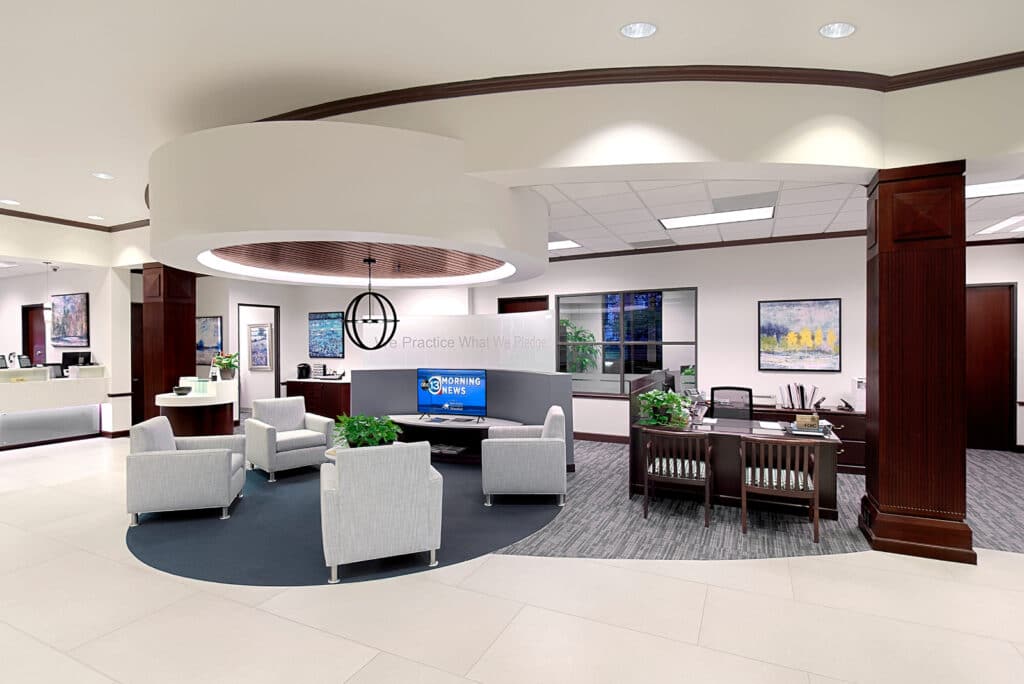Houston, Texas, is a city with a rich architectural heritage and a forward-looking spirit. Balancing tradition and innovation in architectural design is an art that captures the essence of this dynamic city. In this article, we’ll delve into the delicate interplay between tradition and innovation in Houston’s architectural landscape and how Dwight Patterson Architecture harmonizes the city’s heritage with contemporary design to create timeless architectural masterpieces.
The Significance of Tradition in Houston Architecture

Houston boasts a diverse architectural heritage, reflecting its history, culture, and the vision of its residents. Traditional architectural styles, such as Victorian, Colonial, and Mediterranean, can be found in neighborhoods throughout the city. The importance of tradition in Houston architecture includes:
- Cultural Identity :- Traditional architectural styles often reflect the cultural roots and historical significance of a region, contributing to a city’s identity.
- Preservation:- Houstonians value the preservation of historic buildings and neighborhoods, recognizing their historical and architectural importance.
- Aesthetic Appeal :- Traditional styles have enduring aesthetic appeal, with timeless design elements that resonate with both residents and visitors.
Innovation in Architectural Design
- ADA Compliance :- The Americans with Disabilities Act (ADA) sets standards for accessible design, including features like ramps, handrails, accessible restrooms, and parking spaces. Ensuring ADA compliance is a legal requirement for many public spaces and buildings.
- Universal Design :- Â Universal design principles go beyond legal requirements and aim to create environments that are usable by everyone, regardless of age, size, or ability. This approach emphasizes flexibility, simplicity, and intuitiveness.
Dwight Patterson Architecture’s Commitment to Inclusivity
- Synergy :- Successful architectural projects in Houston often combine traditional and modern elements in a way that creates a harmonious synergy between the old and the new.
- Adaptive Reuse:- Adaptive reuse projects, which repurpose historic structures for modern uses, are a prime example of how tradition and innovation can coexist.
- Contextual Design :- Architects consider the context of a building’s surroundings and its historical significance when incorporating innovative elements.
- Timelessness :- Achieving timelessness in design involves creating spaces that resonate with both current and future generations.
Dwight Patterson Architecture’s Approach
At Dwight Patterson Architecture, we recognize the importance of balancing tradition and innovation in architectural design. Our approach includes:
- Site Analysis :- We conduct thorough site analyses to understand the historical and cultural context of each project’s location.
- Client Collaboration :-We collaborate closely with clients to understand their vision and goals, integrating their preferences into the design.
- Sustainability :-We embrace innovative materials and technologies to create sustainable, forward-thinking spaces.
- Historical Sensitivity :-When working on historic properties, we are committed to preserving their architectural heritage while ensuring they meet modern standards of comfort and functionality.
By choosing Dwight Patterson Architecture for your architectural project in Houston, Texas, you’re partnering with professionals who excel in the art of balancing tradition and innovation, creating spaces that honor the city’s history while embracing its vibrant future.
Contact us today to discuss your architectural project and how we can blend tradition and innovation to craft a masterpiece that stands the test of time.
